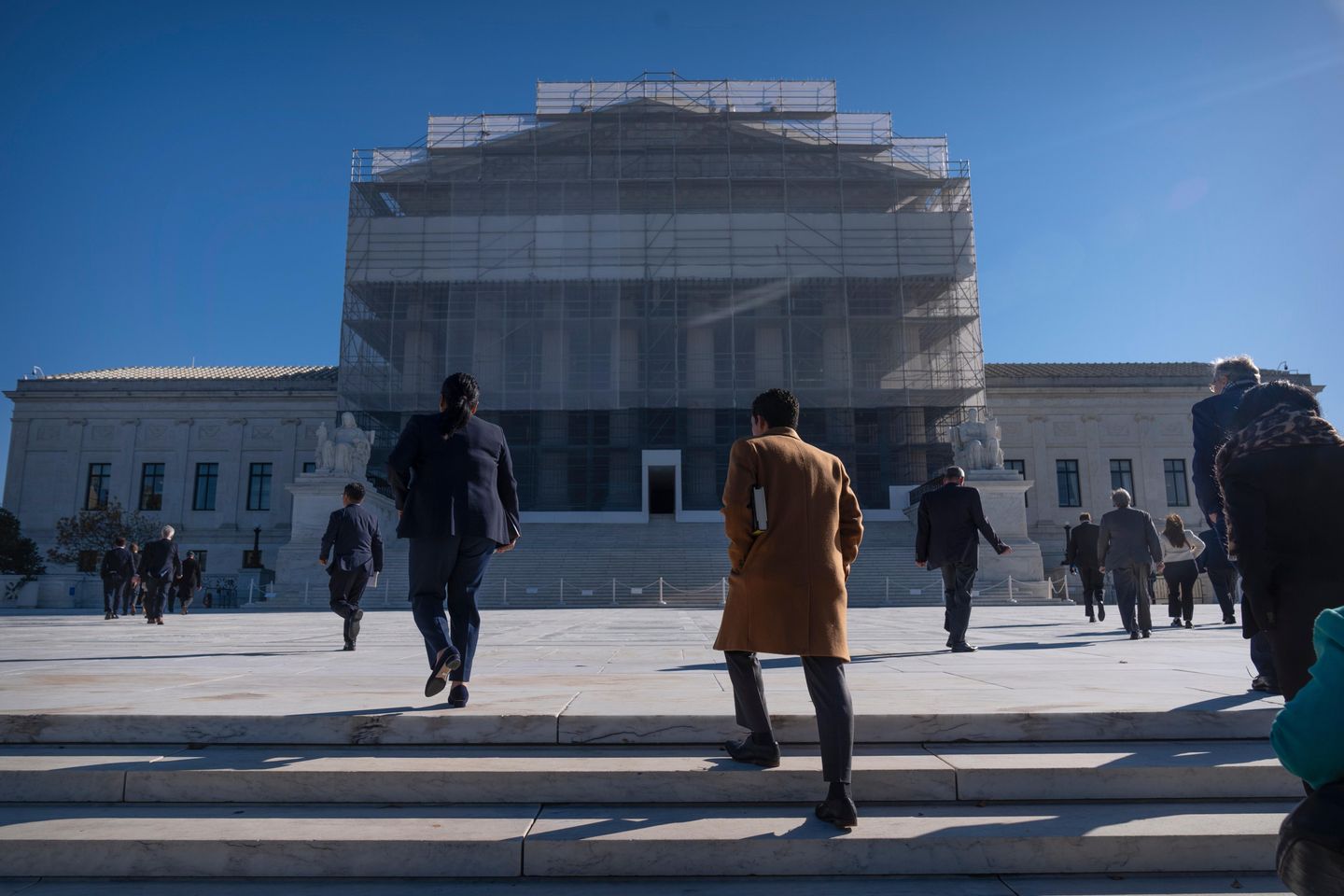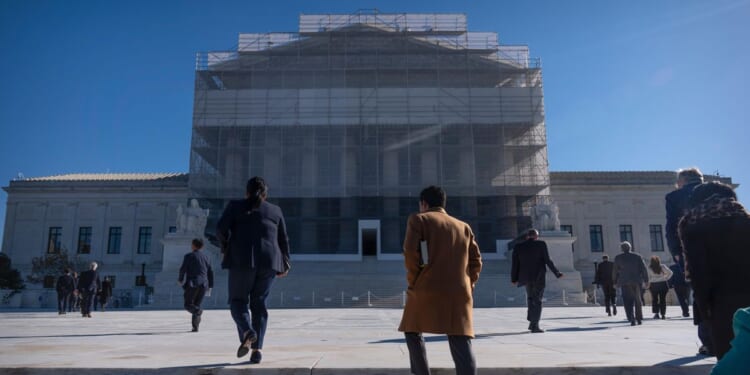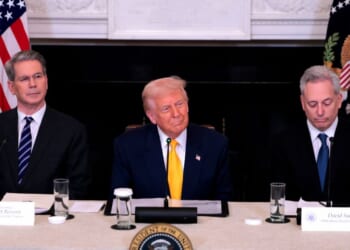
It’s still early in the new term, but the Supreme Court already has several major legal battles teed up for rulings that could shape President Trump’s presidency — and they could be issued any day now.
The justices are poised to deliver a decision imminently on Mr. Trump’s National Guard troop deployment to Chicago, and whether he acted within the law when he federalized the soldiers.
The court is also now on the clock to decide whether to allow Texas to use its new, more GOP-friendly congressional map in next year’s election.
And Mr. Trump this week urged the high court to rule quickly on a case challenging his tariffs, which the justices heard oral argument on earlier this month.
“I look so much forward to the United States Supreme Court’s decision on this urgent and time sensitive matter so that we can continue, in an uninterrupted manner to, MAKE AMERICA GREAT AGAIN!” Mr. Trump posted to social media.
Tariffs
SEE ALSO: Trump says tariff revenue poised to ‘skyrocket,’ urges quick decision in Supreme Court case
In that case, businesses challenged both Mr. Trump’s global tariffs and his targeted tariffs against China, Canada and Mexico. They argued the Constitution gives Congress the power to impose tariffs and Capitol Hill has not lent that authority to the president — or at least not to the extent Mr. Trump has claimed.
Mr. Trump says a 1977 law gives him emergency powers to impose tariffs. The law doesn’t actually use that word, but Mr. Trump says that’s what it meant when the law talks about regulating importation.
The president’s position met skepticism from the justices when they heard arguments in the case earlier this month. The justices questioned whether Congress had truly given the executive such an expansive power to slap duties on all foreign goods.
Justices on both sides of the aisle questioned his assertion.
A decision could come anytime during the high court’s term, but Mr. Trump has said the longer it takes, the more his negotiating position with other nations suffers — and the bigger the upheaval if the justices rule against him.
National Guard
The court won’t hear oral argument, but it has now completed briefing on the case challenging Mr. Trump’s federalization and deployment of the National Guard to the Chicago area.
Troops have been on hold based on a lower court ruling.
The case, like the tariffs, turns on the way Congress wrote the law, which gives the president the power to federalize and deploy guard troops when the “regular forces” are insufficient to carry out federal duties.
In a follow-up question, the high court asked the lawyers whether regular forces mean the military, or something else.
Whichever way the high court rules is likely to set the standard for Mr. Trump’s other troop deployments in Portland, Oregon and the District of Columbia.
Texas map
The high court will also issue a decision on whether Texas can use a new legislative map that could net Republicans as many as five more seats in the 2026 congressional election.
The legal battle came to the high court over a contest from voting rights activists that claimed the pro-GOP map discriminated against minority voters.
Riding on the outcome of the case is the possible swing of up to five seats in Texas, which are currently held by Democrats but which the GOP believes are winnable under the new lines drawn this summer.
A district court, in a 2-1 ruling, found Texas’ new map was likely illegal and ordered the state to stick with its old, more Democratic-friendly map. The state rushed to the Supreme Court late last week seeking permission to keep the new GOP-friendly map in place.
Justice Samuel A. Alito Jr. put the lower court ruling on hold and asked for more briefs by Nov. 24.
Now that the briefing deadline has passed. Justice Alito — or the full court — could issue a decision on Texas’ map at any time.










